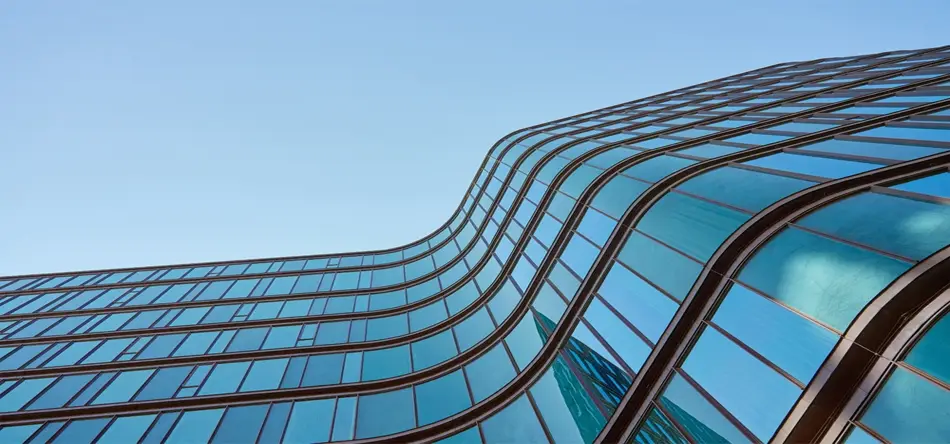Glazing Trends 2025: Shaping the Future of Modern Architecture
The year 2025 is witnessing groundbreaking innovations in glazing technology, transforming the way architects, builders, and businesses approach building design. From energy […]

What is Glazing in Modern Architecture?
Key aspects include:
- Maximizing natural light
- Enhancing thermal and acoustic comfort
- Delivering sleek, contemporary designs
- Supporting energy-efficient buildings
Top Glazing Trends in 2025
1. Smart Glass & Electrochromic Glazing
– Switches transparency levels based on sunlight or user controls
– Enhances comfort while reducing glare and HVAC loads
– Popular in corporate offices and premium residences
2. Double-Skin & Insulated Glass Units (IGUs)
– Offers better insulation and energy efficiency
– Minimizes heat gain while retaining transparency
– Essential for sustainable commercial projects
3. Solar Control & Energy-Generating Glass
– Advanced coatings reduce solar heat transmission
– Photovoltaic glazing turns façades into power-generating assets
– Aligns with India’s growing push for green buildings
4. Frameless & Minimalist Glazing Systems
– Sleek, frameless structural glazing is trending in malls, hotels, and high-rises
– Maximizes design freedom and modern aesthetics
– Provides a seamless exterior look
5. Acoustic & Safety-Enhanced Glazing
– Laminated and toughened glass systems improve safety
– Acoustic glazing reduces noise in busy urban settings
– Increasing demand in hospitals, schools, and luxury residences
Applications of Modern Glazing Trends
- Corporate & Commercial Buildings: energy-efficient façades with smart technologies
- Residential Towers: luxury appeal with acoustic and insulated glazing
- Public Infrastructure: airports, hospitals, and institutions prioritizing sustainability
- Retail & Hospitality: frameless, aesthetic solutions enhancing customer experience
Challenges & Importance of Expertise
- Curtain walls maximize daylight and can integrate insulated glass units (IGUs) for better thermal performance.
- Traditional walls limit window openings and increase dependency on artificial lighting.
Weight & Structural Efficiency
- Expert engineering for structural stability
- Precision installation to ensure airtight sealing
- Compliance with energy and safety codes
Why Glazing Trends 2025 Matter
- Support India’s green building movement
- Deliver modern aesthetics and enhanced user comfort
- Optimize energy performance, reducing costs over time
- Position buildings as future-ready landmarks
Conclusion
At Oersted Group, we integrate the latest glazing technologies to deliver façades that are stylish, sustainable, and future-focused. Whether it’s smart glass, insulated glazing, or energy-generating façades, our solutions ensure that your building stands out in 2025 and beyond.